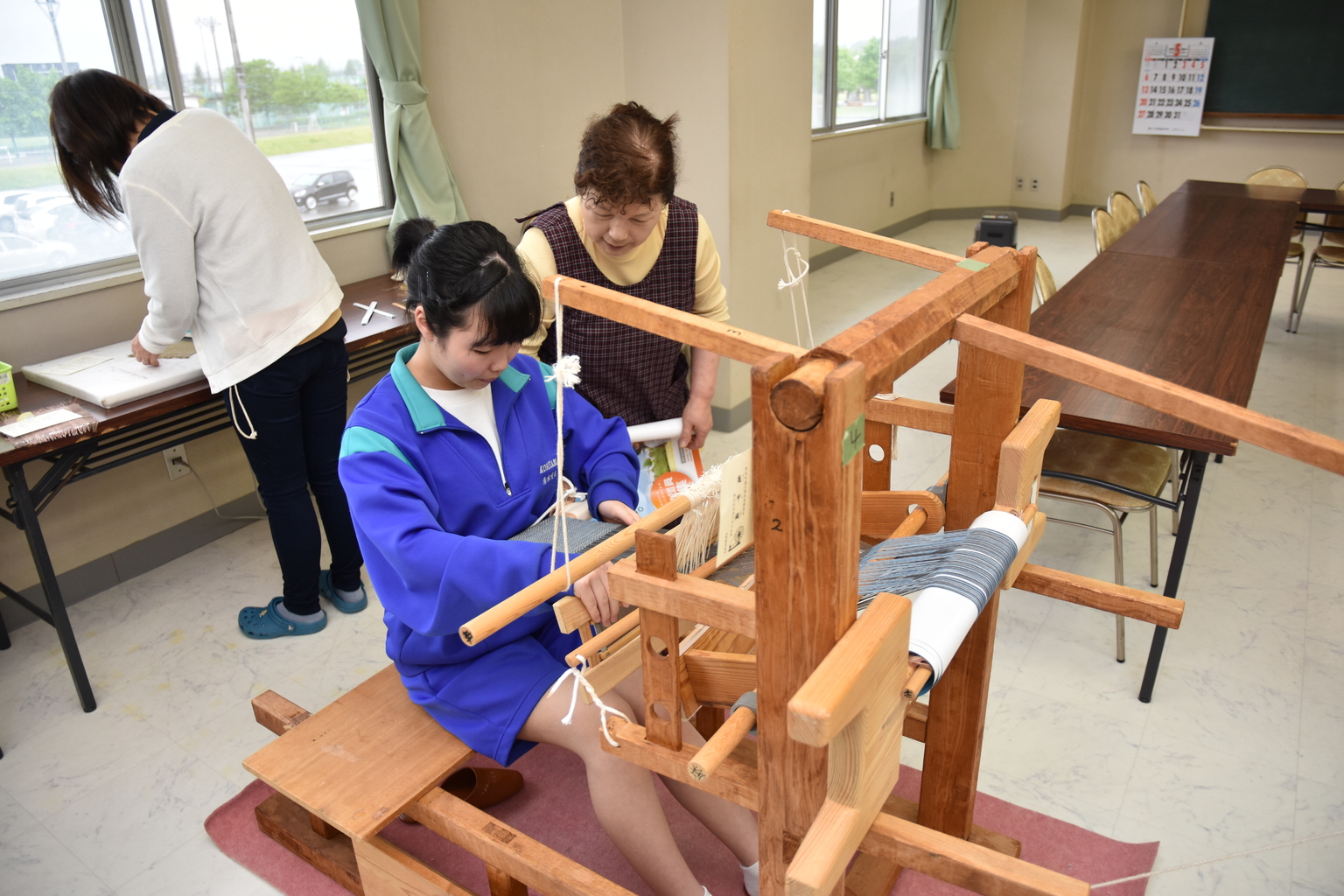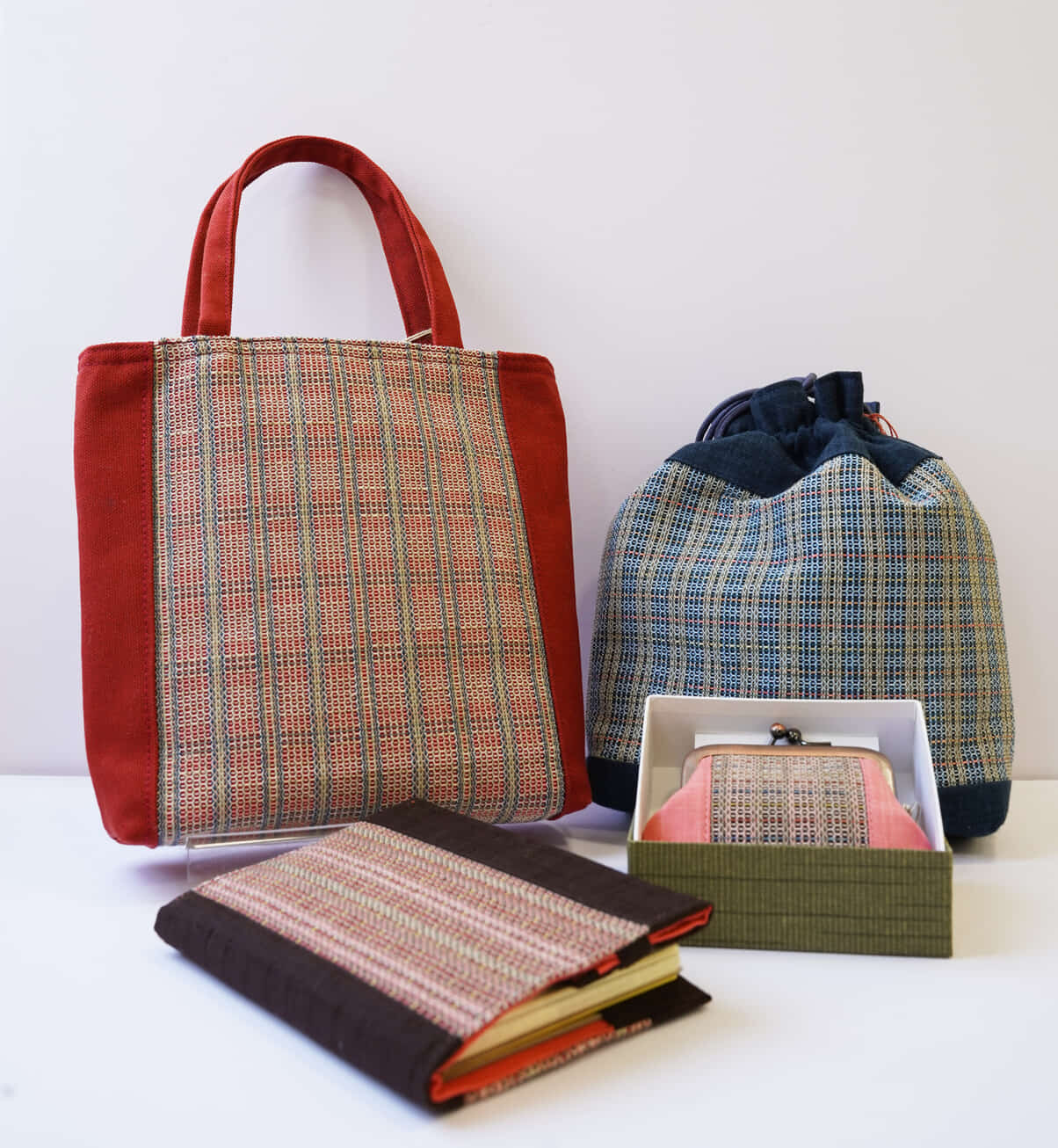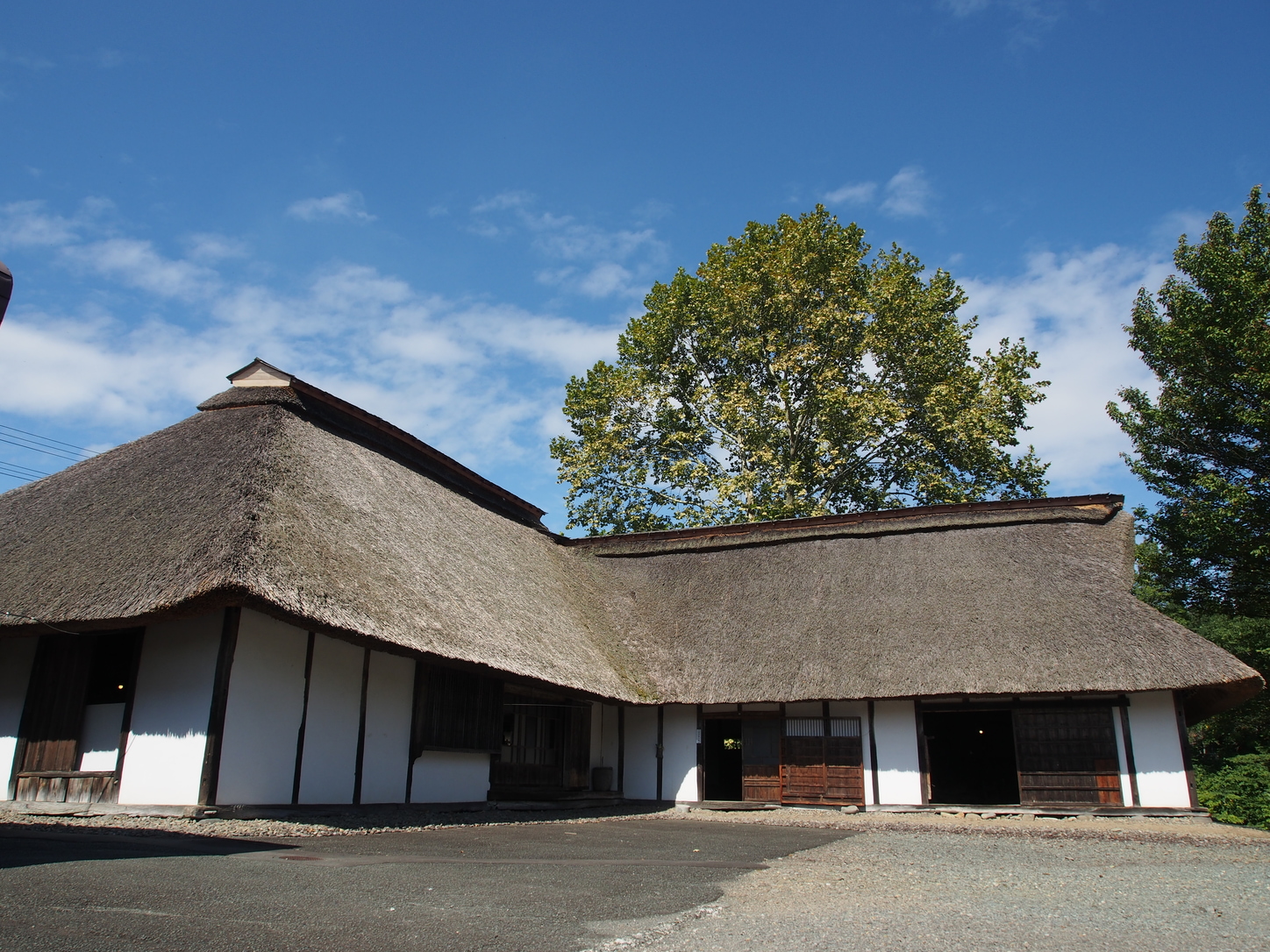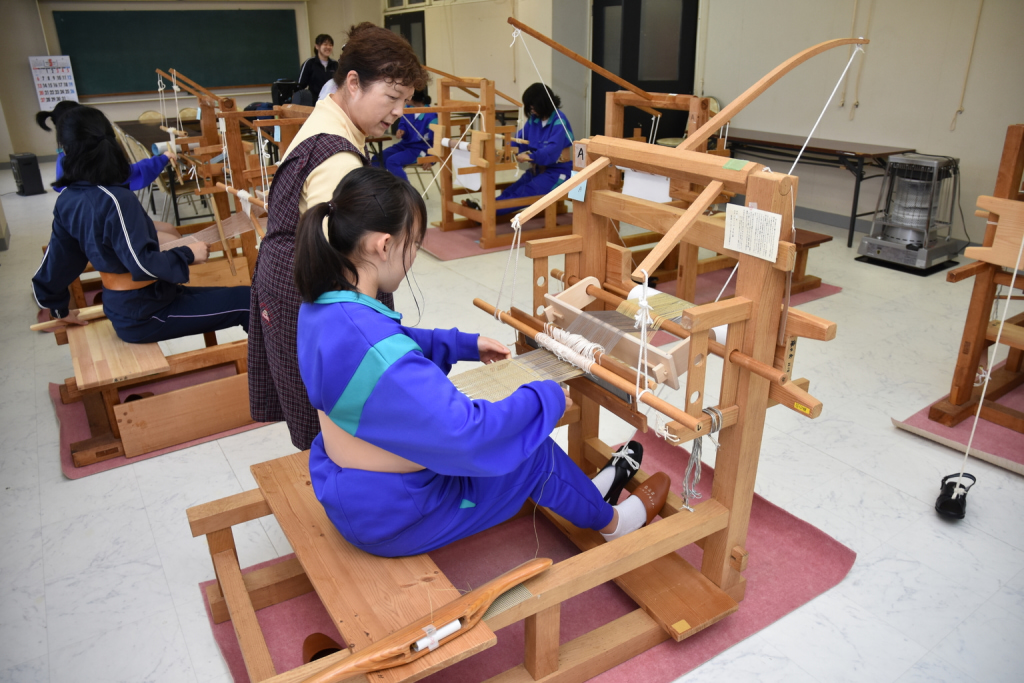Seated at an old-fashioned Japanese loom at the Agricultural Training Center in the small town of Shizukuishi in Iwate Prefecture, it’s abundantly clear that I’m out of my depth. I’ve come to try out a very unusual type of weaving that’s only practiced in this area. It’s known as kikko-ori or tortoiseshell weaving. The name is due to the hexagonal pattern which resembles the shell of a tortoise. This intricate style is used to produce fabric from locally-grown hemp plants.
I’m surrounded by several local women deftly weaving at their own looms. Yet despite my best efforts and the encouragement of my instructor, Setsuko Uwano, I can’t seem to coordinate my hands and feet in the right way at the right time. I eventually retire after producing a few paltry, crooked rows.
“It’s hard and takes a long time to learn,” Uwano says kindly. “Actually, we sometimes host groups of children on school trips who come to try weaving. They usually pick it up much more quickly than adults.”

History of Kikko-ori
Uwano is a member of the Shizukuishi Asa-no-Kai (Shizukuishi Hemp Society). This is an organization consisting of eight members that practices kikko-ori. It also holds workshops and demonstrations for visitors and locals alike. After 17 years as the president of the group, Uwano passed on the reins four years ago. However, she’s still an enthusiastic practitioner of the craft.
Kikko-ori is thought to have started around 400 years ago. Though even in Shizukuishi it was only practiced by a limited number of families. This was due to the high level of skill involved. Women who were raised in, or married into, a family with members producing kikko-ori learned the technique.
It’s performed using a back-strap loom, another unusual aspect of the craft. In most areas of Japan this style of loom was replaced by easier-to-use floor looms, which appeared in the late 19th century. With a back-strap loom the threads of the warp, which run lengthwise in the finished fabric, are strapped directly to the weaver’s body. This means the operator can control the tension while weaving the weft, or horizontal yarn, over the warp to create a tightly-woven fabric.
“The weaver uses their entire body, so both physical strength and skill are required,” Uwano points out.
Even after my very limited time at the loom, I can vouch for this. Kikko-ori probably reached the peak of its popularity between the late 1800s and early 1900s. It then began to decline with the introduction of easier techniques for producing cloth and more opportunities for women to work outside the home. Subsequently, this distinctive tradition was in danger of fading away altogether. That was before a local woman named Mitsue Kato resolved to re-introduce it in 1968. She sought input from an older relative, Kiwa, who’d practiced kikko-ori in her youth.

Preserving the Tradition
Kato then teamed up with others to preserve the traditional techniques both for weaving and cultivating hemp for the yarn. The Kikko-ori Study Group was set up in 1985, with Kato serving as the first president. It was renamed the Shizukuishi Asa-no-Kai in 1988. The craft was given special status as an important historical technique in 2005.
“I was born and raised here but I knew nothing about it until I received a gift made from kikko-ori. I was really impressed, so I decided to try learning it,” says Uwano. “This is part of our local heritage, and I wanted to help preserve kikko-ori and pass it on to the next generation.”
The weaving itself is only one part of the process. Members of Shizukuishi Asa-no-Kai also grow, prepare and dye the hemp used for the yarn. Today, they produce handmade kikko-ori items such as bookmarks, bags and placemats. In the past, the fabric was used to make undergarments, known as ase-hajiki, worn by local farmers.
Visitors can see an example of a traditional ase-hajiki, along with other historical artifacts related to kikko-ori, at the Shizukuishi History and Folklore Museum.
“The weave of the fabric meant air could easily pass through. The materials absorbed sweat, making it ideal for agricultural workers out in the fields,” explains Hidenori Okamura, one of the docents at the museum.
At one time kikko-ori cloth was so highly prized that it was gifted to members of the Nambu family, who ruled the Northeastern part of Japan from the Kamakura period (1185-1333) up until the Meiji Restoration of 1868. After witnessing the considerable skill, time and effort that goes into producing kikko-ori, it’s easy to imagine that even nobility would have been delighted to receive items made through this beautiful and unusual technique.

Visiting the Museum
Visitors who would like to watch a demonstration of kikko-ori or try their hand at weaving with members of the Shizukuishi Asa-no-Kai, should contact the Tourism and Produce Center in Shizukuishi Station to make reservations in advance. Those who need language support should make their own arrangements for translators. The Tourism and Produce Center also carry a wide variety of gift items made from kikko-ori.
The Shizukuishi History and Folklore Museum is open daily except Thursdays. With advance notice it may be possible to arrange for an English-speaking docent. Along with items about the history and culture of the area, the museum features a very well-preserved example of a magariya or bent house. This is a traditional L-shaped farmhouse which includes a stable for horses attached to the main living area. The magariya here is thought to be over 100 years old.
Another pastime with an equine connection in Shizukuishi is traditional horseback archery, or yabusame, at Yu-Yu Farm. Horses were once essential for rural life here, but today Yu-Yu Farm is the only facility in Shizukuishi providing horse riding and trekking services. It’s thought that yabusame originated in the 6th century as a good-luck ritual for warriors but later developed into a more spiritual discipline. The farm’s owner draws on his experience in yabusame competitions to help visitors try hitting targets with a 2.2-meter-long bow while seated on one of his beautiful and patient horses.
See here for more information in English about tourism in Shizukuishi.
Photos courtesy of Shizukuishi Town Tourism, Commerce and Industry Division
This article was published in Tokyo Weekender’s special issue, Made in Japan. Flip through the issue by clicking on the image below.









